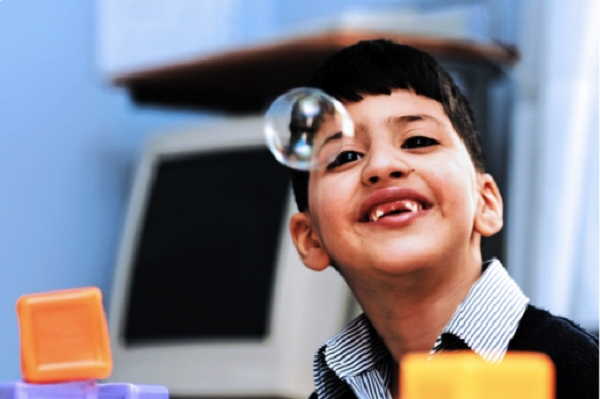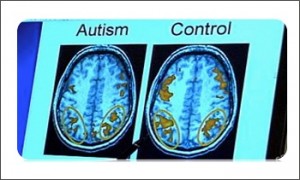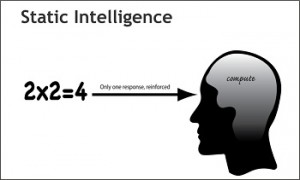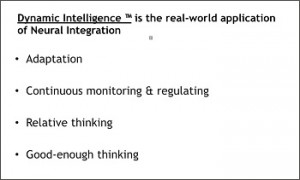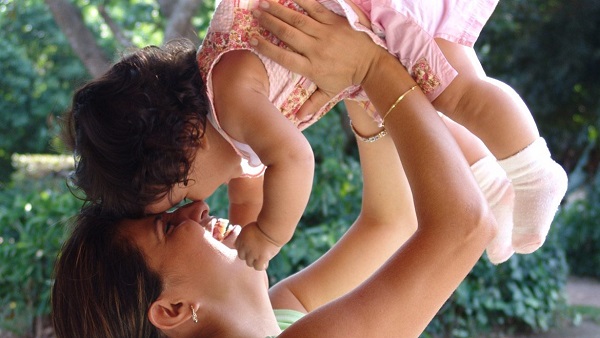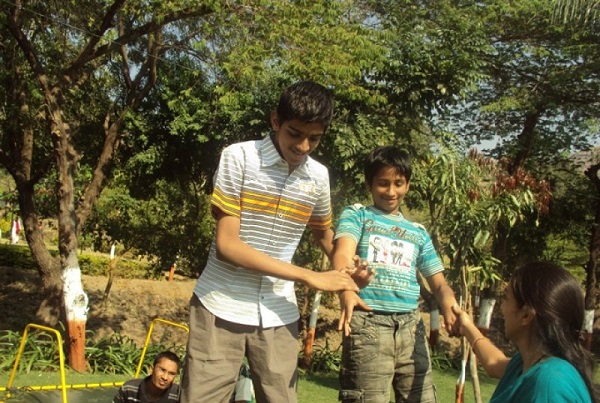A child on the Autism spectrum may display enhanced static intelligence and lack of dynamic intelligence, a result of neural underconnectivity.
 by Kamini Lakhani | saiconnections01@gmail.com
by Kamini Lakhani | saiconnections01@gmail.com
Part 3 of the Autism Diaries – A differently wired brain
How is it that two children on the Autism Spectrum can exhibit very different behaviours? Or are we unable to see that the behaviours are essentially similar, but the expression different?
Let me give you two examples from my practice.
One of my students, aged 14, knows everything about every commercial aircraft. He knows which airline is discontinuing which model. One day, his discussion with me was about why a particular airline should change a certain passenger aircraft to a cargo aircraft and not scrap it! This same boy is having a rough time at school because he does not understand what kind of impact he has on his peers around him. He does not ‘read’ them well enough and hence it is very difficult for him to maintain friendships.
Another of my students, aged 4, is hyperlexic. He reads words without having been taught. He may not understand their meaning, but he’s totally mesmerised with words and gets lost in the world of words.
It is very difficult for his mother to draw him into a back and forth interaction with the family.
What is the problem in both cases? It is increased static intelligence but lack of dynamic intelligence.
A differently wired brain
Last year I presented at a seminar called, ‘Autism Update’. This seminar was geared towards educating pediatricians and other professionals about Autism or Autism Spectrum Disorders. My fellow presenters included developmental pediatricians and neurologists, occupational therapists, speech language pathologists, psychiatrists, psychologists, special educators and other service providers in the field of autism.
The topic of my presentation was, ‘The Role of ABA (Applied Behaviour Analysis) and RDI (Relationship Development Intervention) in Autism’. In the context of presenting about RDI, I showed a slide related to neural connectivity in the brain of a person with ASD. I was pleasantly surprised to note that similar slides were shown by the neurologists presenting at the conference.
This meant that finally, treatment was keeping up with research! The treatment in context is RDI or Relationship Development Intervention. It is based on the premise that there is a problem with connectivity in the brain of a person with ASD.
Take a look at the slide:
This picture is a cross section of the brain of a person on the Autism Spectrum and a neuro typical person (control) in a fMRI (Functional MRI). Both persons were given a task such as sentence comprehension. During this task, areas of the brain that were connected (lit up) were scanned. What this shows is that more areas in the brain of a neuro typical person were lit up (connected) as compared to a person with ASD.
What does this mean?
There is a problem with neural connectivity in the brain of a person with ASD. The brain is differently wired. This does not mean good or bad, right or wrong, normal or abnormal (is that word still being used?). It just means different!
How does this affect a person who has ASD?
This results in increased static intelligence and lack of dynamic intelligence. It may result in slower processing abilities. It may manifest as an inability to rapidly process multiple information simultaneously.
What is static intelligence?
©Steven Gutstein, PhD, RDIconnect, Inc. 2013.
Some static abilities include math computation, reading for surface meaning, operating a computer, working for a desired reward, memorising facts, following directions and many others. Most programmes working with ASD focus on these.
What is dynamic intelligence?
Dynamic intelligence includes going with the flow, seeing the bigger picture, processing rapidly changing information, abstract reasoning, being able to handle changes in plans, good executive functioning (planning, organising and following through).
Now consider ‘relative thinking’.
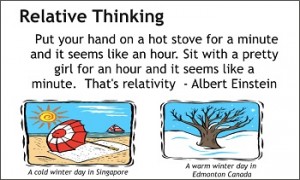 Think about this – how do you explain the slide on the left to a person on the spectrum, that a cold winter day in Singapore is warmer than a warm winter day in Canada? I went crazy trying to teach these kinds of relative concepts to students who were on my academic curriculum. And why is it so difficult to teach these kinds of concepts to students on the Autism Spectrum? How do you and I get these concepts immediately? It’s all about neural connectivity. It’s all about the brain being differently wired.
Think about this – how do you explain the slide on the left to a person on the spectrum, that a cold winter day in Singapore is warmer than a warm winter day in Canada? I went crazy trying to teach these kinds of relative concepts to students who were on my academic curriculum. And why is it so difficult to teach these kinds of concepts to students on the Autism Spectrum? How do you and I get these concepts immediately? It’s all about neural connectivity. It’s all about the brain being differently wired.
RDI is a programme that is developed by Dr Steven Gutstein and his wife, Dr Rachelle Sheely. It is based on rebuilding guided participation to develop dynamic intelligence. It is built on the premise that –
– Neural integration can change throughout life.
– We can provide a second chance to those who have left the pathway of neural development.
I believe that RDI is the training and treatment that is in sync with the latest research based on neural connectivity in the brain. We want to make sure that we work respectfully with those affected by ASD.
Can we work with their areas of strengths and help them increase dynamic intelligence? Feel free to share your thoughts with me on saiconnections01@gmail.com. I will be happy to answer any questions that you may have.
Kamini Lakhani is the founder of SAI Connections. She is a Behaviour Analyst, an RDI (Relationship Development Intervention) Consultant, Supervisor and Trainer responsible for RDI professional training in India and the Middle East. She is the mother of an adult on the Autism Spectrum. She is also a member of Forum for Autism.
Next: Children with ASD know something you don’t.
(Pictures courtesy Steven Gutstein, RDIconnect, www.myspecialneedsnetwork.com)

